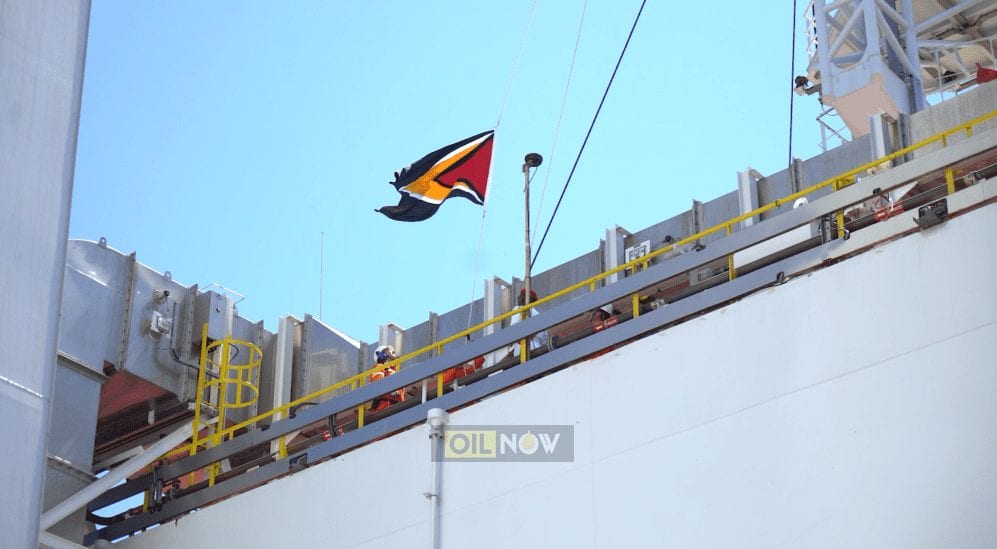The International Energy Agency (IEA) anticipates that global oil markets will remain “comfortable” throughout 2024, buoyed by burgeoning production from key regions including the Americas, notably Guyana, which is expected to contribute significantly to meeting global oil demand.
The South American country of just 750,000 people had an oil production output of zero just five years ago. Now, the country is producing close to 700,000 barrels of oil per day at a massive offshore acreage operated by U.S major, ExxonMobil. And this is just the beginning.
IEA Executive Director Fatih Birol emphasized that while world consumption is projected to increase by 1.2-1.3 million barrels per day (b/d) in 2024, a slower pace compared to last year due to economic growth deceleration in China and elsewhere, the ample production from the Americas, including the U.S., Canada, Brazil, and notably Guyana, will more than meet this demand.
Guyana surpasses 100 million barrels of oil production in first nine months of 2023
Guyana’s production has been exceeding expectations. In early February, production hit 645,000 barrels per day (b/d), according to ExxonMobil. This milestone is notably influenced by the initiation of oil production at the Payara project in November. Payara has exceeded expectations in its ramp-up phase, reaching a peak production of 230,000 barrels per day (b/d). While Exxon set a target of achieving 1.2 million b/d by 2027 from the 6.6 million acres Stabroek Block, current trends and optimization projections suggest that this output could potentially reach closer to 1.5 million b/d.
Stabroek Block production ramp-up expected to move faster – Darren Woods | OilNOW
Birol stated during an interview with Bloomberg television this week that total global oil production growth will exceed global oil demand, ensuring a comfortable market environment and moderate oil price evolution throughout the year, barring major geopolitical upheavals or extreme weather events.
Despite concerns over conflict in the Middle East and production cuts by the Organization of the Petroleum Exporting Countries (OPEC) and its allies, crude prices have remained steady around US$80 a barrel in recent weeks, supported by the relaxed supply situation.
Birol commended OPEC+ for its “good discipline” in implementing output curbs but cautioned against measures that could further bolster fuel prices and reignite inflation, highlighting inflation as a major risk for the global economy, particularly in emerging countries. He reiterated the IEA’s forecast that global oil demand is expected to plateau before the end of the decade as the world transitions away from fossil fuels to mitigate climate change, noting the increasing prevalence of renewable energy in power generation and the booming adoption of electric vehicles worldwide.



